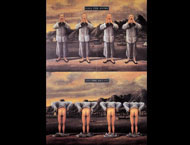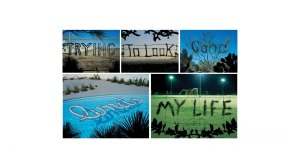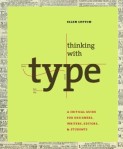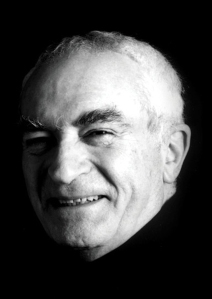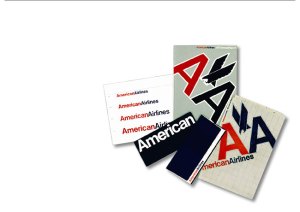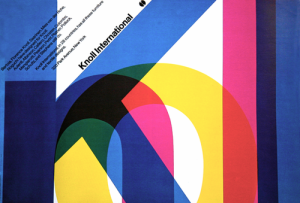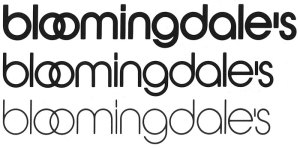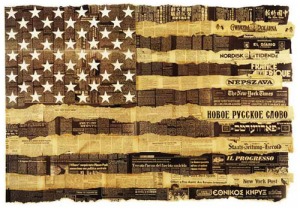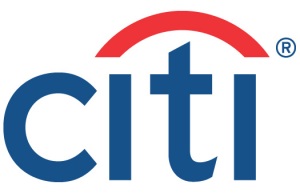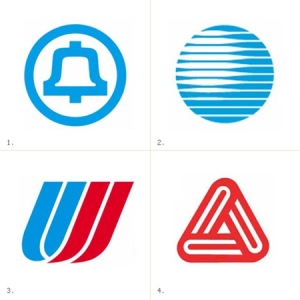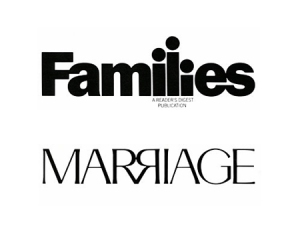Paul Rand, born Petretz Rosenbaum (August 15, 1914 – November 26, 1996) was an American Graphic Designer.
He was most widely known for his contributions for corporate logo designs, including logos for IBM, UPS, Enron, ABC, and Steve Jobs’ NeXT.
Rand’s defining corporate identity was his IBM logo in 1956. According to Mark Favermann, “Was not just an identity but a basic design philosophy that permeated corporate consciousness and public awareness.”
Rand also designed packaging, marketing materials and assorted communications for IBM, including the well known ‘Eye-Bee-M” poster.
Rand’s logos are widely interpreted as being very simplistic.
“Simplicity is not the goal. It is the by-product of a good idea and modest expectations.”
ABC Designed 1962
 His American Broadcasting Company trademark (ABC) represents the idea of his simplistic, yet effective design proving his point that a logo “cannot survive unless it is designed with the utmost simplicity and restraint.”
His American Broadcasting Company trademark (ABC) represents the idea of his simplistic, yet effective design proving his point that a logo “cannot survive unless it is designed with the utmost simplicity and restraint.”
Paul Rand was influenced by the modernist philosophy. He celebrated the works of artists such as Paul Cezanne and Jan Tschichold. The idea of “defamiliarizing the ordinary” played an important part in Rand’s design choices.
Rand remained vital as he aged, continuing to produce important corporate identities into the eighties and nineties with a rumoured $100,000 price per single solution.
One of his most prominent later works was his collaboration with Steve Jobs for the NeXT computer corporate.
Steve Jobs was pleased: just prior to Rand’s death in 1996, his former client labelled him, simply,
“The greatest living graphic designer.”
Even after his death in 1996, Paul Rand remains one of the most famous graphic designers in the world.
UPS Designed 1961
“I do not use humour consciously, I just go that way naturally. A well known example is my identity for United Parcels Service: to take an escutcheon – a medieval symbol which inevitably seems pompous today – and then stick a package on top of it, that is funny.”
Bibliography:
http://www.logodesignlove.com/all-about-paul-rand
http://graphicdesign.about.com/od/designerprofiles/a/paul_rand.htm










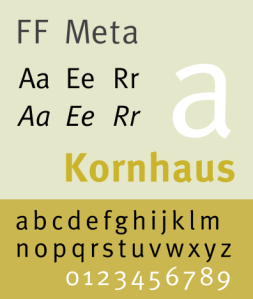

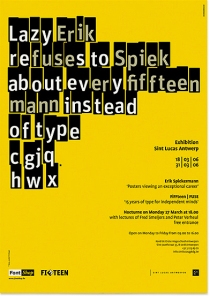





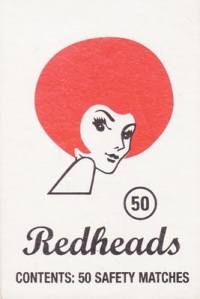
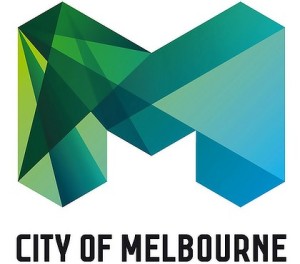
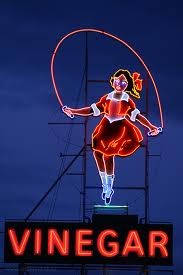

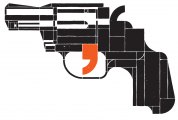
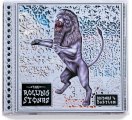 Stefan Sagmeister is probably best known for his Album cover work. He has design covers for Lou Reed, David Byrne, Talking Heads – once in a lifetime, box set and, The Rolling Stones, amongst others. His work has been described as humorous, with a hand-made quality, and controversial, without being offensive.
Stefan Sagmeister is probably best known for his Album cover work. He has design covers for Lou Reed, David Byrne, Talking Heads – once in a lifetime, box set and, The Rolling Stones, amongst others. His work has been described as humorous, with a hand-made quality, and controversial, without being offensive. 
